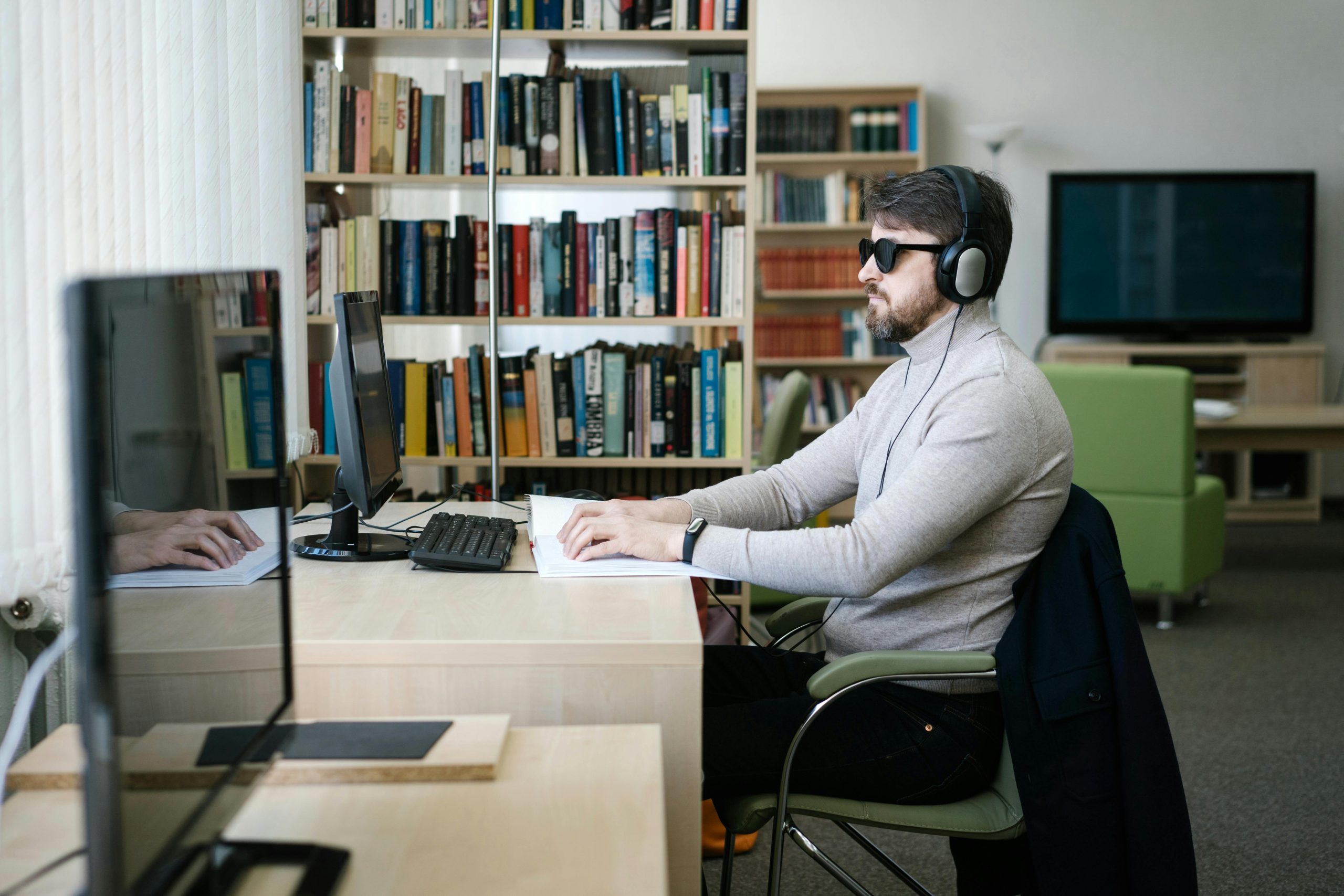Title: Troubleshooting a Non-Responsive Dell Optiplex 790: A Comprehensive Guide
Introduction
Dealing with computer boot issues can be frustrating, especially when hardware components suddenly stop functioning as expected. If you’ve inherited a pre-owned machine like the Dell Optiplex 790 and are facing challenges with its startup process, you’re not alone. In this article, we’ll explore common problems associated with this model and provide practical troubleshooting steps to diagnose and resolve issues such as display failure, GPU malfunctions, and abnormal fan behavior.
Understanding the Dell Optiplex 790
The Dell Optiplex 790 is a popular business-class desktop known for its reliability and durability. It typically comes with integrated Intel graphics and supports discrete GPUs, making it versatile for various workloads. However, like any hardware, it can encounter issues over time—particularly with aging components or configuration problems.
Common Symptoms and Potential Causes
-
No Display Output
-
Symptoms: No video signal through either the integrated graphics or discrete GPU, despite hardware being installed.
-
Possible Causes: Faulty GPU, loose connections, BIOS misconfiguration, or motherboard issues.
-
Discrete GPU Malfunction
-
Symptoms: GPU initially worked but started showing glitches or no output; eventually, the GPU stops functioning altogether.
-
Possible Causes: Overheating, driver conflicts, power supply issues, or hardware degradation.
-
Motherboard No Beep or Error Codes
-
Symptoms: No POST beeps, no diagnostic LEDs indication, just a silent startup.
-
Possible Causes: BIOS corruption, faulty motherboard, or power supply failures.
-
Fans Running at Full Speed on Startup
-
Symptoms: Fans spin at maximum speed immediately upon powering on.
-
Possible Causes: Power supply issues, motherboard faults, or BIOS misconfiguration.
Step-by-Step Troubleshooting Guide
-
Basic Hardware Checks
-
Power Connection: Ensure all cables are securely connected and the power supply is functioning correctly.
-
External Display: Confirm the monitor and cable are working by testing with another device.
-
Remove External Devices: Disconnect unnecessary peripherals to isolate potential conflicts.
-
Resetting BIOS Settings
-
Clear CMOS: Reset BIOS to default settings by removing the CMOS battery for a few minutes or using the motherboard jumper.
-
Access BIOS: After resetting, try to boot and access BIOS to verify hardware detection.
-
Testing with Integrated Graphics
-
Remove the discrete GPU and connect your monitor to the motherboard
Share this content:



